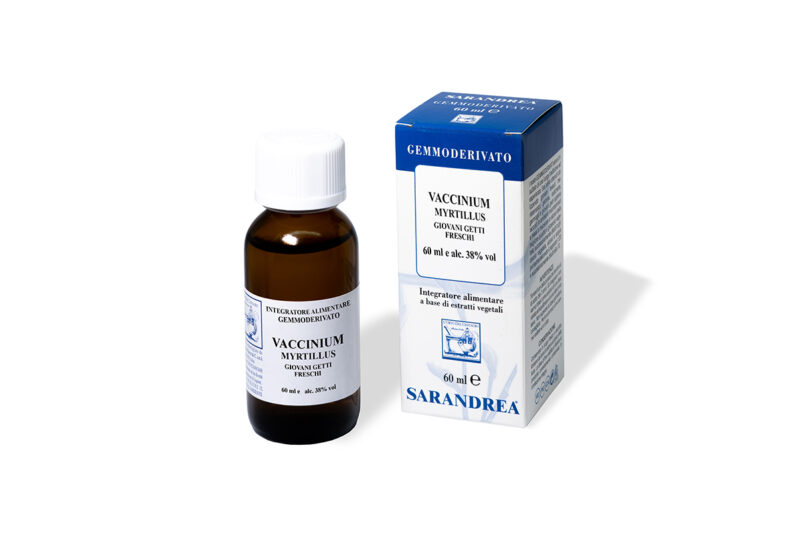
Vaccinium myrtillus Sarandrea
Vaccinium myrtillus. In: Fire Effects Information System, [Online]. Fire Sciences Laboratory (Producer). Available: https://www.fs.usda.gov/database/feis/plants/shrub/vacmyr/all.html []. ABBREVIATION : VACMYR SYNONYMS : Vaccinium oreophilum SCS PLANT CODE : VAMY2 VAMYM VAMYO COMMON NAMES : whortleberry dwarf bilberry

Sonstige Garten & Terrasse Blueberry 50 Seeds Vaccinium Myrtillus
Vaccinium myrtillus L. First published in Sp. Pl.: 349 (1753) This species is accepted The native range of this species is Greenland, Temp. Eurasia, W. Canada to NW. & W. Central U.S.A. It is a subshrub and grows primarily in the temperate biome. Taxonomy Images Distribution Synonyms Accepted Infraspecifics Publications Other data Distribution KBD
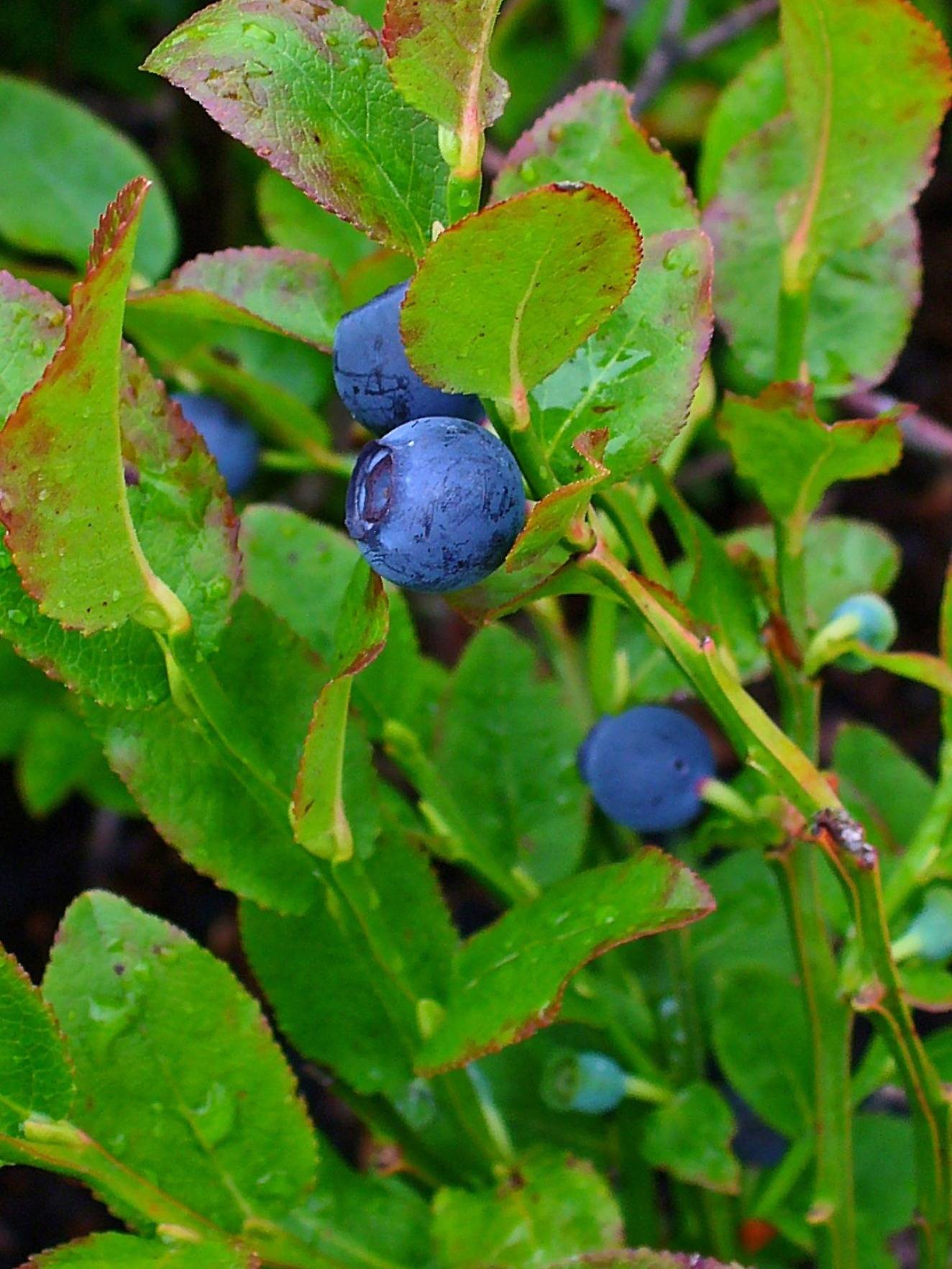
Vaccinium myrtillus National Botanic Gardens of Ireland
2.2. Extracts Preparation. Extracts of bilberry (Vaccinium myrtillus L.) were prepared in three formulations from ripe fruit of wild bilberry collected in three consecutive years from the same alpine ecosystem in Făgăraș (South Carpathian) Mountains, Sibiu county, Romania, in July 2017, 2018, and 2019.The further described extracts were prepared from a mixture of samples of all three.

Vaccinium myrtillus (Ericaceae) image 48964 at
However, more human studies are needed before strong conclusions can be drawn. Summary. Bilberries may stimulate insulin secretion and prevent the breakdown of carbs in your gut, both of which may.
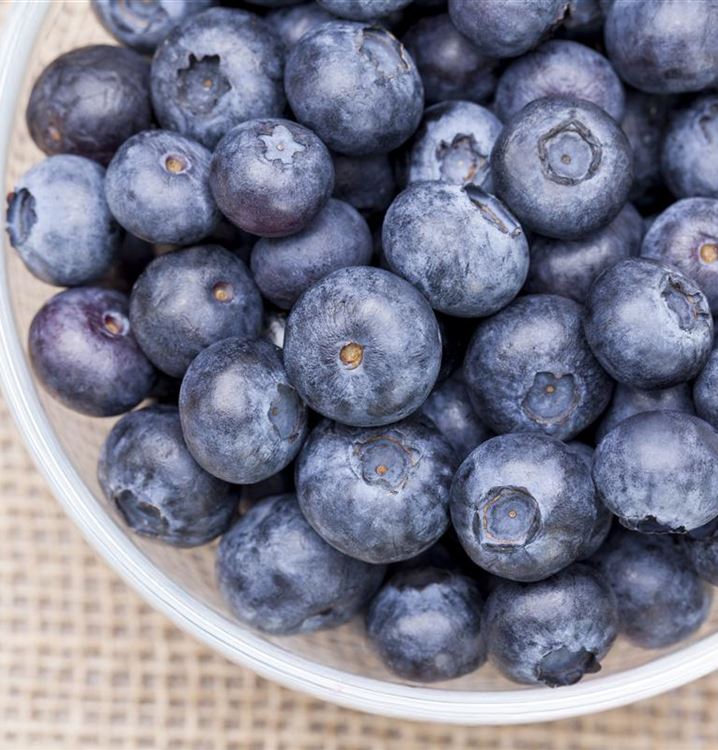
Vaccinium myrtillus, Heidelbeere Gartenpflanzen Daepp
plants of V. myrtillus (European blueberry), with the aim to verify if distinct plant compartments (i.e., roots, stems, leaves and owers) harbor similar or signicantly di˝erent assemblages of.

Vaccinium myrtillus Burgenland Flora
Vaccinium myrtillus is a small deciduous shrub that grows 4-18 in (10-46 cm) tall. It has light green leaves that turn red in autumn and are simple and alternate in arrangement. [3] Leaves are 0.4-1.2 in (1.0-3.0 cm) long and ovate to lanceolate or broadly elliptic in shape. [3] Common names

Vaccinium myrtillus BBC Gardeners World Magazine
Bilberry ( Vaccinium myrtillus L.) is one of the richest natural sources of anthocyanins. These polyphenolic components give bilberry its blue/black color and high antioxidant content, and they are believed to be the key bioactives responsible for the many reported health benefits of bilberry and other berry fruits.
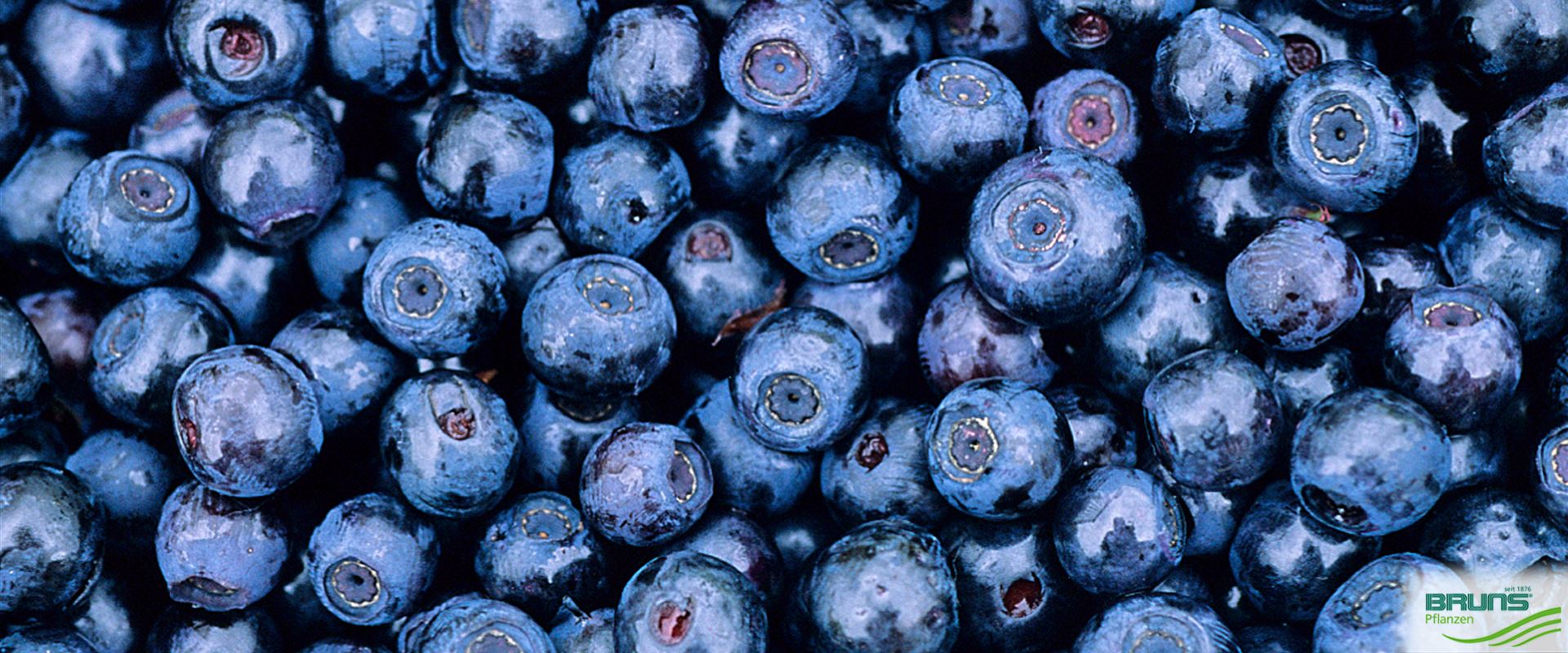
Vaccinium myrtillus, Blueberry, bilberry von Bruns Pflanzen
Vaccinium myrtilloides is a shrub with common names including common blueberry, velvetleaf huckleberry, velvetleaf blueberry, Canadian blueberry, and sourtop blueberry. It is common in much of North America, reported from all 10 Canadian provinces plus Nunavut and Northwest Territories, as well as from the northeastern and Great Lakes states in the United States.

Vaccinium Myrtillus Indications et Usages thérapeutiques Therapeutes magazine
1. Introduction. Vaccinium myrtillus is a shrub from the Ericaceae family, genus Vaccinium, that grows in mountainous regions in Europe, Asia and North America.The leaves are used in traditional medicine of different countries for the management of diabetes. Until presently, there is no relevant information, only assumptions, regarding the compounds that are responsible for this effect [].
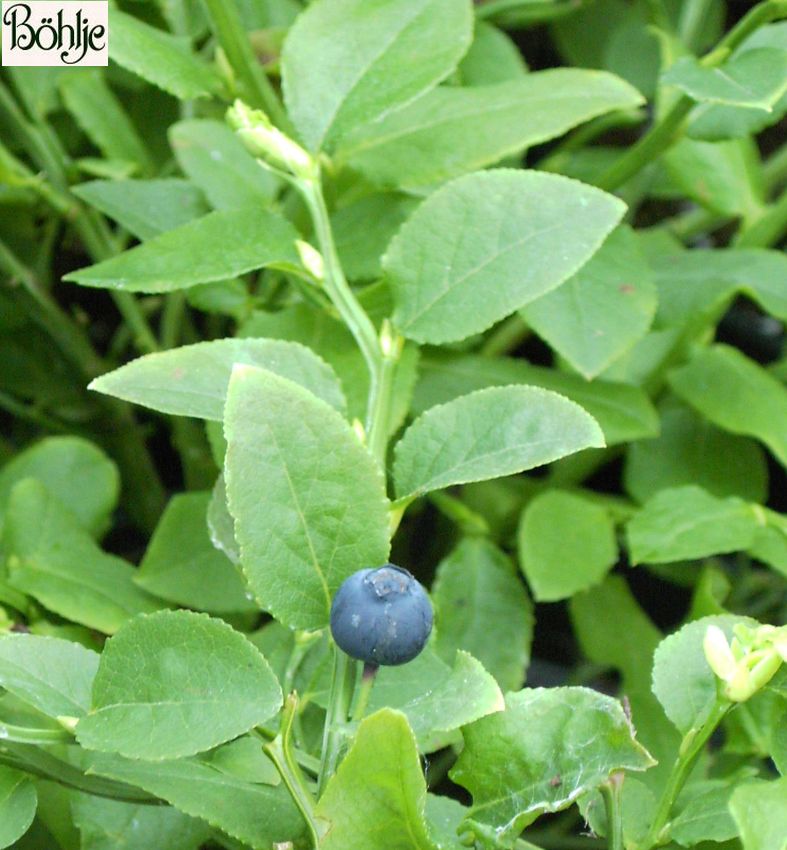
Vaccinium myrtillus heimische Blaubeere Böhlje Pflanzenhandel GmbH
bilberry, ( Vaccinium myrtillus ), low-growing deciduous shrub belonging to the heath family ( Ericaceae ). It is found in woods and on heaths, chiefly in hilly districts of Great Britain, northern Europe, and Asia. The fruits are a principal food of the grouse and are used for tarts and preserves.
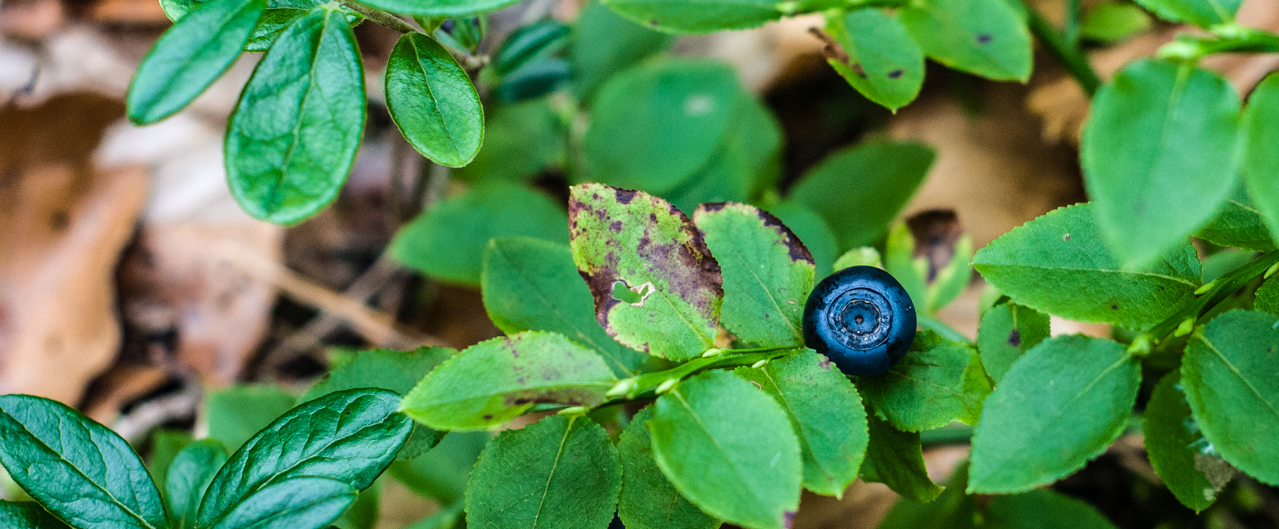
Vaccinium myrtillus Universität Ulm
Abstract. Vaccinium myrtillus L. (bilberry, Ericaceae), a perennial, wild, and small deciduous shrub that grows in the mountains and forests of Europe. The leaf extracts are widely used in.

Vaccinium myrtillus, Blaubeere Baumschule Stielau
Due to the high therapeutic potential of Vaccinium myrtillus (VM) leaves, this review aims to present the latest knowledge on the phytochemical profile, as well as the therapeutic effects of this herbal drug. The review was conducted according to the Prisma guidelines, and the scientific databases were searched using combinations of the.

Vascular Plants of the Gila Wilderness Vaccinium myrtillus
Introduction Vaccinium myrtillus (bilberry) is a member of the Ericaceae family, and is also known as European blueberry, huckleberry, whortleberry, or blueberry. It is a shrubby perennial plant one to two feet in height and can be found in the mountains and forests of Europe and the northern United States. Its branches contain alternating, elliptical, bright green leaves, and its flowers.
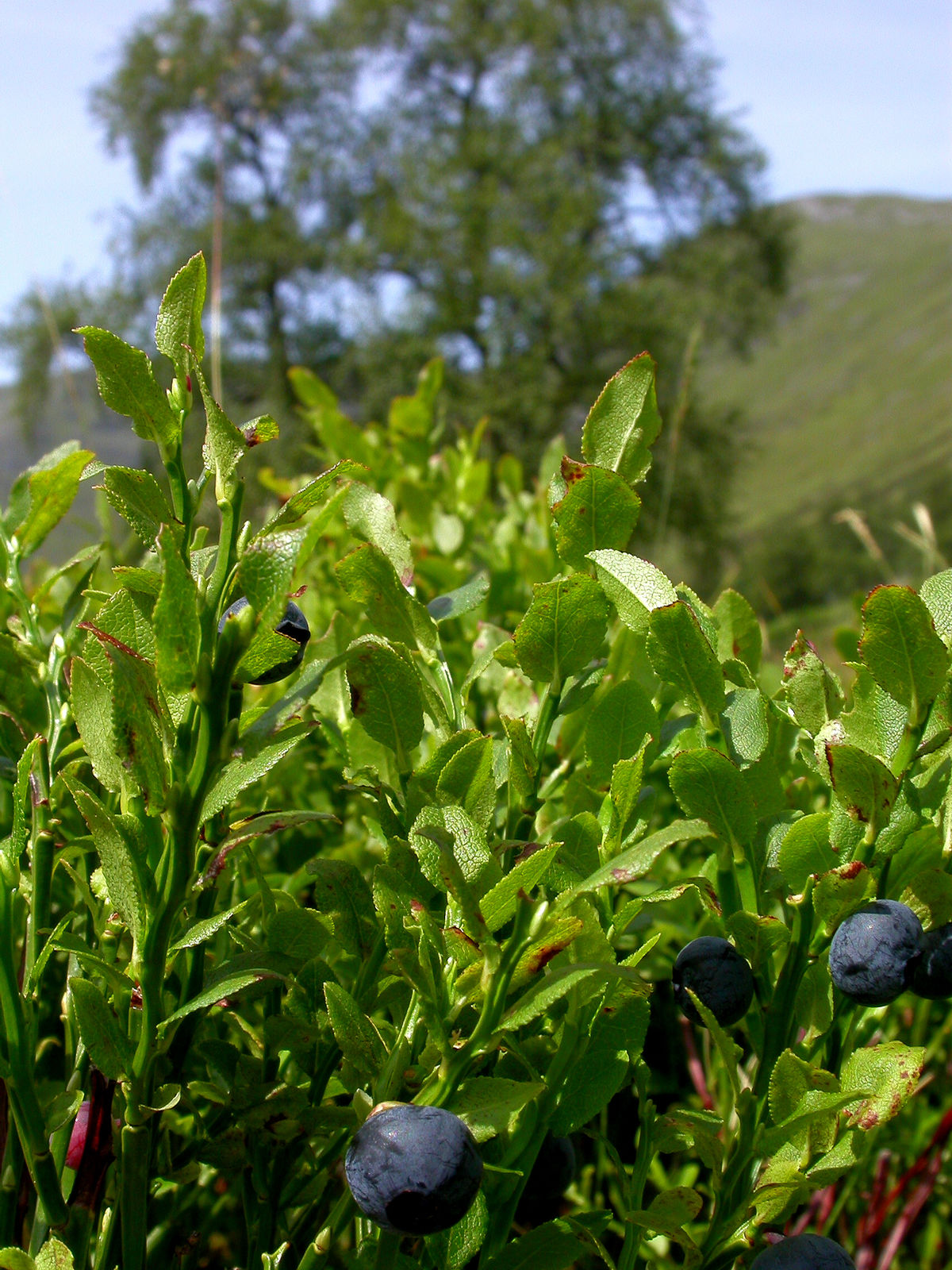
Vaccinium myrtillus L. Plants of the World Online Kew Science
Here, we applied a metabarcoding approach to describe the fungal assemblages in different organs of Vaccinium myrtillus plants (Ericaceae) collected in a subalpine meadow in North-West Italy,.

Blauwe bosbes Vaccinium myrtillus Waarneming.nl
Vaccinium uliginosum L. (commonly known as bog bilberry) and Vaccinium myrtillus L. (commonly known as bilberry) are species of the genus Vaccinium (family Ericaceae ). The red-purple-blue coloration of blueberries is attributed largely to the anthocyanins found in bilberries.
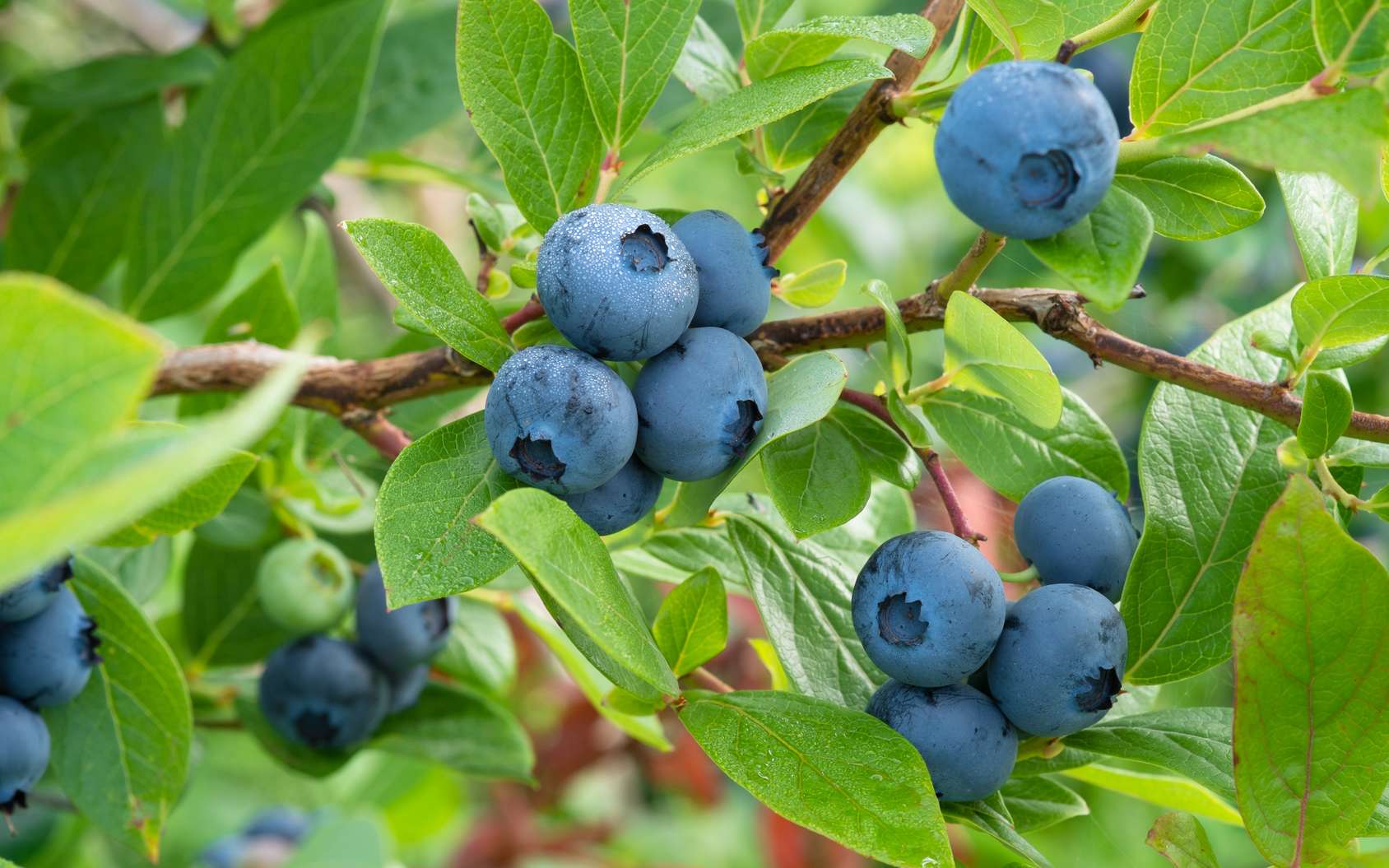
Définition Myrtille Vaccinium myrtillus Futura Santé
Height: 45cm Spread: 45cm Hardy Attractive to wildlife Autumn colour Flower colour: Foliage colour: Position Soil A blueberry relative, the bilberry, Vaccinium myrtillus, is commonly found growing on the heaths, moors and woodlands of northern Europe, and has naturalised in some parts of Britain.